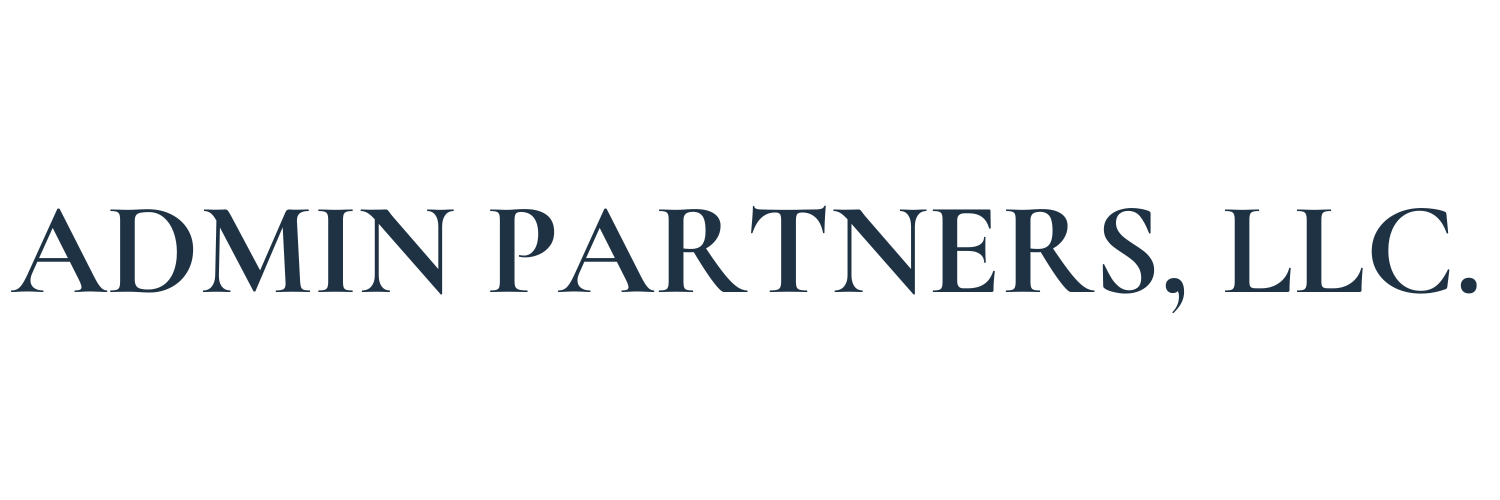
If you have been following ADMIN Partners for a while, you know just how deeply we believe in providing people with education on retirement planning. As an independent TPA who specializes in plan compliance and administration, we understand that everyone from Plan Sponsors and Participants to Financial Advisors find value in retirement education. With this in mind, ADMIN’s team is starting the new blog series, ADMIN Education, dedicated to helping our community better understand the ins and outs of retirement plans. Regardless of your role or what type of plan you are familiar with, this series will expand your knowledge of retirement benefits and help you get the most from your plan.

In this two-part series we are taking a deeper look at two of the most common disbursement types from a retirement plan: financial hardships and loans. Both distribution options provide plan participants financial relief by way of an early withdrawal from their employer-sponsored retirement plan. However, the specifics around each option are different and it’s essential that Plan Sponsors and Financial Advisors understand the regulations around each to help participants make the best decision for them and their situation. Let’s wrap up the series with a look at loans:

WHAT IS IT?
Similar to loans that are taken from banks, a loan withdrawal from a retirement plan allows plan participants to borrow money from their account in order to satisfy a financial need. The borrowed funds are to be paid back with interest into the participant’s retirement account so that they can bring the account whole and continue to save for their future.
WHAT TO KNOW
Regulations for qualified retirement plans state that plan participants have the option to take a loan; however, Plan Sponsors can choose whether to include this provision within the Plan. Plan Sponsors can also determine the specifications surrounding loan withdrawals including the number of loans allowable by the Plan. To confirm if your Plan allows for loans, check with your TPA or refer to your retirement plan document.
The regulations surrounding loans are set forth by the IRS and all qualified retirement plans must operate in accordance with these rules. The maximum amount that can be borrowed from a retirement plan is half of a participant’s vested balance up to $50,000.
Unlike financial hardships, loans are required to be paid back into the participant’s account with interest. Plan Sponsors can choose to have loan repayments made via the participant’s payroll or they can allow participants to arrange payments with the investment provider directly.
Loans are typically repaid within a five-year term except for loans taken for the purchase of a primary residence, which typically have a repayment term up to thirty years. The repayment of a loan is structured within an amortization schedule which is provided by the financial institution the loan is withdrawn from. IRS regulations do require that loan payments be made at least on a quarterly basis. Loans that do not follow this regulation will be considered in default and can result in the loan being treated as a taxable disbursement that is reported to the IRS via a Form 1099-R. To learn more about loan repayments, click here.
There is no suspension period if a participant decides to take a loan from their retirement plan account.
The recently passed Coronavirus, Aid, Relief and Economic Security (CARES) Act, signed into law in March 2020, temporarily updated regulations for retirement plan loans. To learn more about those updates, click here.
To learn more about financial hardship distributions from retirement plans, click here. You can also find more from the ADMIN Education series here on our blog


